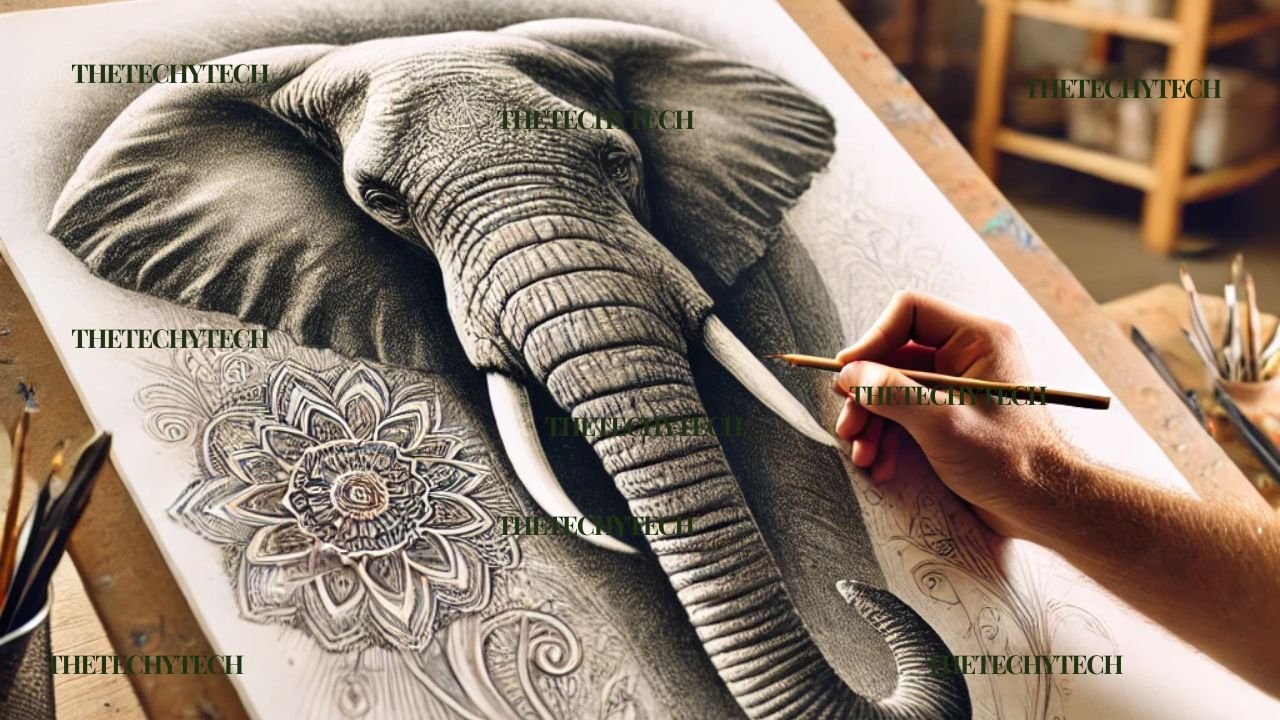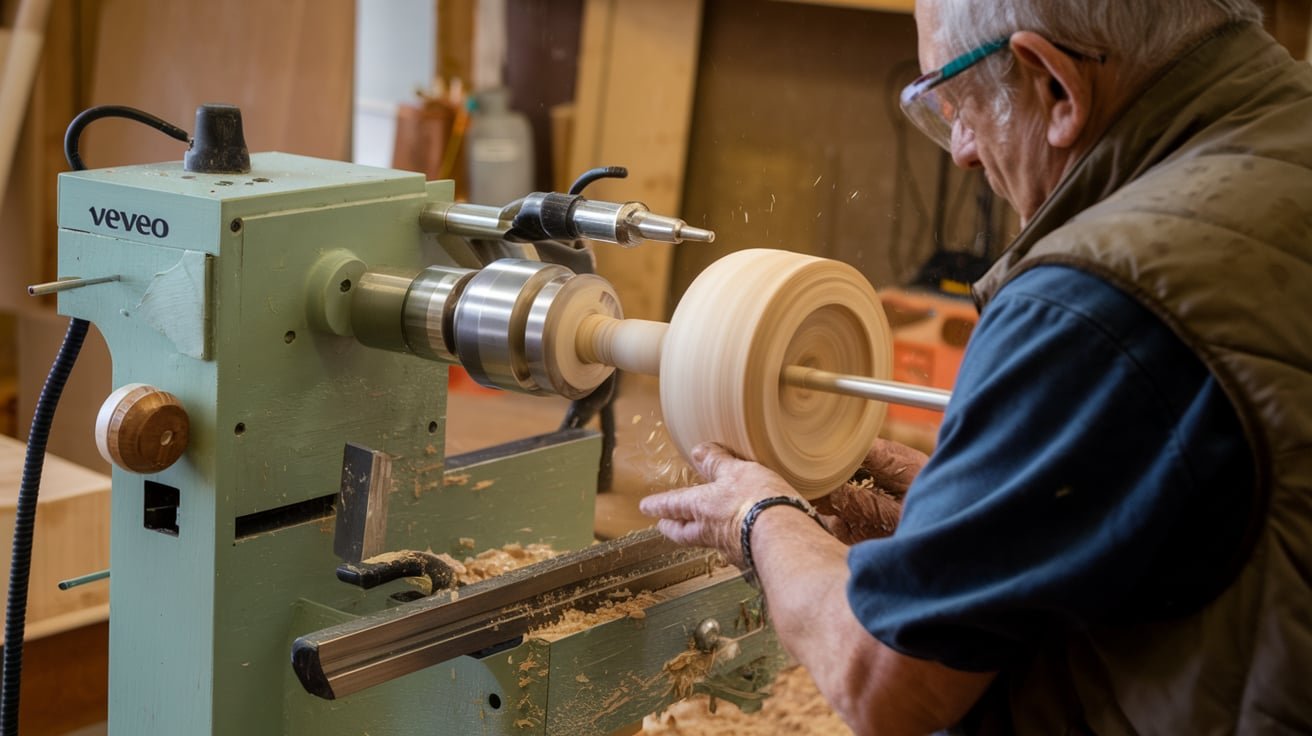Introduction
Drawing animals is a popular and rewarding artistic endeavor, and one of the most fascinating subjects is the elephant. Elephant drawing captivate artists and viewers with their majestic presence and intricate details. This article explores the art and technique of drawing, offering tips, inspiration, and step-by-step guidance. We will emphasize the keyword “elephant drawing” throughout to help you master this unique art form.
The Fascination with Elephant Drawing
Elephants are among the most iconic and revered animals in the world. Their size, intelligence, and gentle demeanor make them fascinating subjects for artists. A drawing can convey various emotions, from strength and power to gentleness and grace. Whether you’re a beginner or an experienced artist, drawing elephants can be a profoundly satisfying experience.
Tools and Materials for Elephant Drawing
Before starting your drawing, gathering the right tools and materials is essential. Here are some recommendations:
Drawing Pencils
A set of high-quality drawing pencils is crucial for creating a drawing. Different pencil grades, from hard (H) to soft (B), allow you to achieve a range of tones and details. Combining HB, 2B, and 4B pencils works well for an elephant drawing.
Paper
Choose a smooth, heavy-weight paper that can handle detailed work and shading. Bristol board or drawing paper weighing at least 80 lb (130 gsm) is ideal for elephant drawing.
Erasers
Kneaded erasers and precision erasers are essential for correcting mistakes and adding highlights. They allow you to refine your elephant drawing and achieve a polished look.
Additional Tools
Other valuable tools for elephant drawing include blending stumps or tortillons for smooth shading, a ruler for accurate proportions, and a pencil sharpener to maintain fine lines.
Understanding Elephant Anatomy
To create a realistic drawing, it’s crucial to understand the animal’s anatomy. Elephants have distinctive features that set them apart from other animals.
Head and Trunk
The elephant’s head is large and rounded, with a prominent forehead and large ears. The trunk, a versatile and expressive appendage, is a defining feature. It is thick and muscular, tapering toward the tip.
Ears
Elephants have large, fan-shaped ears that vary in size and shape between African and Asian elephants. African elephants have more prominent, more rounded ears, while Asian elephants have smaller, more pointed ears.
Body
The body of an elephant is massive and barrel-shaped, supported by sturdy legs. The skin is thick and wrinkled, with a textured appearance that adds depth to an elephant drawing.
Legs and Feet
Elephant legs are thick and columnar, ending in broad, padded feet. Each foot has five toes, some of which are visible, depending on the angle and position of the elephant.
Tail
The elephant’s tail is relatively short and has a tuft of coarse hair. It is often used to swat away insects and can add dynamic movement to your elephant drawing.
Step-by-Step Guide to Elephant Drawing
Now that you have your materials and a basic understanding of elephant anatomy, let’s dive into the step-by-step process of creating an elephant drawing.
Step 1: Basic Shapes
Start your elephant drawing by sketching basic shapes to establish the proportions. Use a light pencil (HB) to draw a large oval for the body, a smaller oval for the head, and a long, curved shape for the trunk. Add four cylindrical shapes for the legs and small circles for the feet.
Step 2: Refining the Outline
Next, refine the basic shapes to create a more detailed elephant outline. Focus on the head, trunk, and ears. Draw the large, fan-shaped ears, ensuring they are proportionate to the head. Refine the shape of the trunk, making it thicker at the base and tapering towards the tip.
Step 3: Adding Details
Begin adding details to your elephant drawing. Sketch the eyes, tusks (if visible), and the contours of the legs and feet. Pay attention to the wrinkles and folds in the skin, especially around the trunk, ears, and joints. Use reference images to capture the unique textures and patterns of the elephant’s skin.
Step 4: Shading and Texture
Shading adds depth and realism to your elephant drawing Blending stumps or tortillons will smooth out the shading and create a realistic texture.
Step 5: Final Touches
Finally, refine your elephant drawing by adding final touches and details. Use a kneaded eraser to lift highlights and create a sense of depth. Pay attention to small details, such as the texture of the skin and the appearance of the tusks and eyes.
Tips for Improving Your Elephant Drawing
Study References
Using reference images is crucial for creating a realistic elephant drawing. Study photographs and videos of elephants to understand their anatomy, proportions, and movements. Observing real elephants can also provide inspiration and insight into their behavior and expressions.
Practice Regularly
Like any skill, improving your drawing requires practice. Set aside regular time for drawing and challenge yourself with different poses and perspectives. Over time, you will better understand elephant anatomy and improve your technique.
Experiment with Techniques
Try using different pencil grades, shading methods, and paper types. Experimenting can help you discover new ways to capture elephants’ unique qualities in your drawings.
Seek Feedback
Sharing your drawing with others and seeking feedback can provide valuable insights and suggestions for improvement. Join online art communities or local art groups to connect with fellow artists and receive constructive criticism.
Inspirational Elephant Drawings
To further inspire your elephant drawing journey, here are some remarkable examples from talented artists:
Realistic Elephant Portraits
Realistic elephant portraits capture the intricate details and textures of the animal. These drawings often focus on the eyes, trunk, and ears, showcasing the elephant’s expressive features.
Abstract and Stylized Elephants
Abstract and stylized elephant drawings depict elephants using creative interpretations and unique techniques. These artworks often emphasize shapes, patterns, and colors, offering a fresh perspective.
Elephant Drawings in Different Mediums
can be created using various mediums, including graphite, charcoal, ink, and digital tools.
Conclusion
Elephant drawing is a rewarding and enriching artistic endeavor that allows you to capture the beauty and majesty of these incredible animals. You can create stunning and realistic elephant drawings by understanding their anatomy, using the right tools and techniques, and practicing regularly. Whether you’re a beginner or an experienced artist, the journey of drawing elephants is filled with learning, inspiration, and endless possibilities. Embrace the challenge, and let the art of elephant drawing deepen your appreciation for these magnificent creatures.










